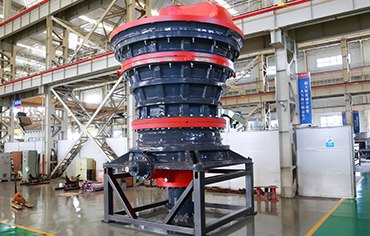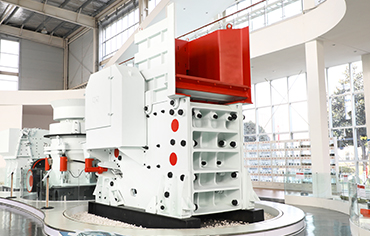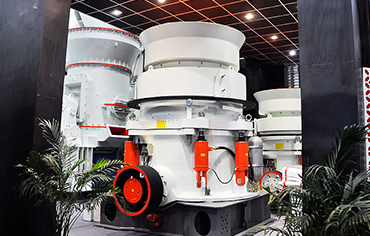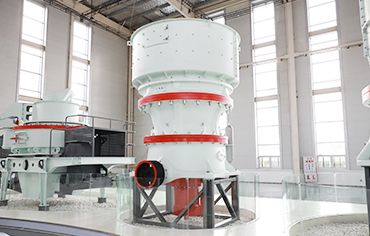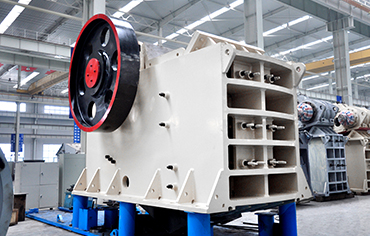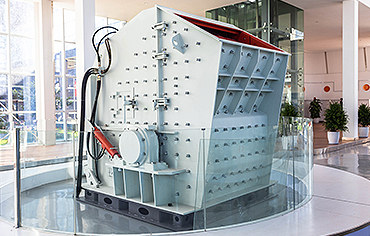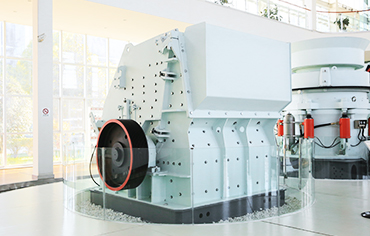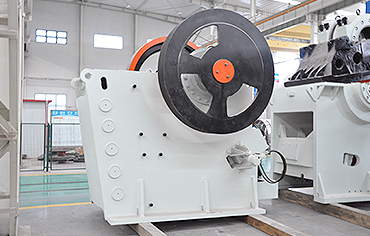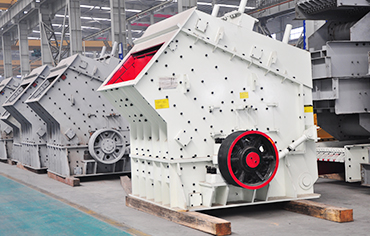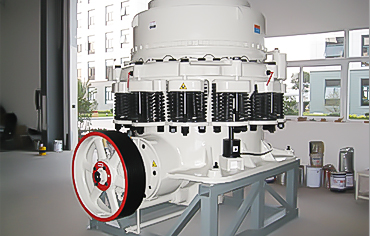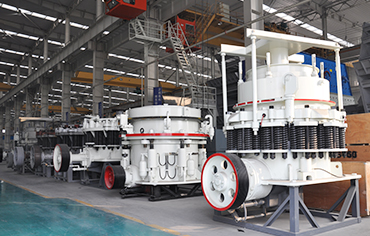أرسل لنا رسالة
sieve analysis for robosand

sieve analysis report of robo sand
Sieve analysis results are shown in Table 0 Test Specimens and test procedure: The concrete cubes of 150mm size, Read More. Hardened Properties of Concretes made with Micro Silica IJERD . Each value of the results presented in this paper is the average of three test samples The sand conforms to grading Zone II as per IS: (Reaffirmed 2011). .. Venu malagavelli

Sieve analysis Wikipedia
Sieve analysis has, in general, been used for decades to monitor material quality based on particle size. For coarse material, sizes that range down to #100 mesh (150μm), a sieve analysis and particle size distribution is accurate and consistent. However, for material that is finer than 100 mesh, dry sieving can be significantly less accurate. This is because the mechanical energy required to

SIEVE ANALYSIS OF FINE AND COARSE AGGREGATES
SIEVE ANALYSIS OF FINE AND COARSE AGGREGATES TxDOT Designation: Tex200F Effective Dates: November 2004–July 2008. 1. SCOPE Use this test method to determine the particle size distribution of aggregate samples, using standard sieves with square openings. Use Part I to determine a weightbased, drysieve analysis for an aggregate sample. Use Part II to determine

(PDF) Sieve Analysis Different sieving methods for
· Easy handling, low investment cost and high accuracy make sieve analysis one of the most frequently used procedures for measuring the particle

Sieve Analysis – Particle size analysis procedure
Sieve analysis is laboratory test procedure in which particles will move vertically or horizontally through sieve mesh. Depending on the needs and particle material different sieving methods are available for the application. They are manual sieving method, mechanical sieving method, dry sieving method and wet sieving method. Manual sieving method is carried out in places where there is no

Sieve Analysis Microsoft
Sieve Analysis in Quality Control flavors contained in the particle surface are washed out. Thus, the taste of the coffee cannot fully develop. Moreover, the water runs too quickly through the spaces between the particles and the filter. If the coffee is ground too fine, too many flavors, acids and bitter aromas are dissolved which impair the taste. Another disadvantage is the blocking of the

Sieve Analysis of Fine Aggregates || Procedure
All aggregate technicians use the sieve analysis (gradation test) to determines the gradation (the particle size distribution, by size, within a given sample) in order to determine compliance with design, production control requirements, and verification specifications.

Sieve analysis of aggregates Procedure and
· This method consists of two parts, Sieve analysis for gravel and sand (Coarsegrained soil) and sedimentation analysis or wet analysis for silt and clay (Finegrained soil) by using Stokes'' law. Today we are going to talk about Sieve Analysis. Sieve analysis is a method of determining the particle size distribution of coarsegrained soils (particle size greater than 75 microns). Introduction

How To Do Sieve Analysis Of Aggregate
· The most important test is the sieve analysis of aggregate, whether it is 20mm, 10mm, 5mm and 1mm sizes. The crucial thing is I have to do it every delivery of aggregate and as per the frequency of sieve analysis, which is written in this article frequency of tests. As a quality engineer in the concrete batching plant, you have to see to it that the sieve analysis is done regularly, as per

Excel Sheet For Sieve Analysis Of Aggregate And
· A sieve analysis (or gradation test) is a practice or procedure used (commonly used in civil engineering) to assess the particle size distribution (also called gradation) of a granular material. The size distribution is often of critical importance to the way the material performs in use. A sieve analysis can be performed on any type of nonorganic or organic granular materials including sands

Sieve Analysis | 4 Types Of Sieves | Lab Procedure
· Sieve analysis is a technique used for determining the size of particles in essential distributions such as the number of different size particles are responsible for the surface reaction, solubility, and flowability. For dry nonagglomerated particles sieve analysis remains a costeffective and precise measuring instrument. Separating particles by size is called sieving.

Sieve Analysis | 4 Types Of Sieves | Lab
Sieve analysis is defined as the procedure used to assess the particle size distribution of granular material by allowing the material to pass through a series of previously arranged progressively smaller mesh size and duly weighing the mass of particles retained on each sieve as a fraction of the whole mass. In other words, it is the laboratory procedure of allowing the sample materials to

Sieve analysis of Aggregates of Water Bound
Sieve analysis of Aggregates of Water Bound Macadam SubBase / Base (WBM) (Grading For Screenings Grade B ( mm)), Grain Size Analysis of Aggregates – Particle Size Distribution Test. Test for grain size analysis or sieve analysis of aggregates are done to determine its particle size distribution, fineness modulus, effective size and uniformity coefficient.

(PDF) Sieve Analysis Different sieving methods
Easy handling, low investment cost and high accuracy make sieve analysis one of the most frequently used procedures for measuring the particle size. This white paper gives an overview of the

SIEVE ANALYSIS OF FINE AND COARSE AGGREGATES AASHTO T 27
SIEVE ANALYSIS OF FINE AND COARSE AGGREGATES AASHTO T 27 SCOPE The sieve analysis, commonly known as the gradation test, is a basic essential test for all aggregate technicians. The sieve analysis determines the gradation (the distribution of aggregate particles, by size, within a given sample) in order to determine compliance with design, production control requirements, and verification

CHAPTER 2 SIEVE ANALYSIS AND FINENESS MODULUS Sampling
SIEVE ANALYSIS AND FINENESS MODULUS Sampling Since the reason for sampling aggregates is to determine the gradation (particle size) of the aggregate, it is necessary that they be sampled correctly. The results of testing will re" ect the condition and characteristics of the aggregate from which the sample is obtained. Therefore, when sampling, it is important to obtain a representative sample

Sieve Analysis
Sieve Analysis Step by Step A complete sieving process consists of the following steps which should be carried out precisely and carefully. a) Sampling b) Sample division (if required) c) Selection of suitable test sieves d) Selection of sieving parameters e) Actual sieve analysis f) Recovery of sample material g) Data evaluation h) Cleaning and drying the test sieves a) Sampling JCorrect

Sieving methods of sieve analysis Retsch
Tap sieve shakers are specified in various standards for particle size analysis. The number of comparisons between particles and sieve apertures is substantially lower in tap sieve shakers than in vibratory sieve shakers ( s1 as compared to ~50 s1) which results in longer sieving times. On the other hand, the tapping motion gives the

How To Collect Sieve Analysis Data (Process,
Particle size analysis plays a key role in the success of countless industries. From pharmaceutical drugs to the roads and sidewalks that facilitate our daily commutes, particle size analysis is what makes the world go round.. Test sieve analysis in particular, is only beneficial if accurate and optimal results are achieved. Lab technicians must be sure to employ best practices and avoid

Sieve all
· SIEVE DESIGNATION LARGE Sieves larger than the #4 sieve are designated by the size of the openings in the sieve 19. SIEVE DESIGNATION SMALLER Smaller Sieves are numbered according to the number of openings per inch #10 Sieves 20. SIEVING PROCEDURE 1. Write down the weight of each sieve as well as the bottom pan to be used in the analysis. 2

(PDF) Standard Test Method for Sieve Analysis of
This standard is issued under the fixed designation C136/C136M; the number immediately following the designation indicates the year of original adoption or, in the case of revision, the year of last revision. A number in parentheses indicates the

Sieve analysis of aggregates Procedure and
Today we are going to talk about Sieve Analysis. Sieve analysis is a method of determining the particle size distribution of coarsegrained soils (particle size greater than 75 microns). Introduction of sieve analysis of fine and coarse aggregates. In this method, the soil is sieved through a set of sieves. Sieves are generally made up of spun brass and stainless steel. As mentioned above, the

SIEVE ANALYSIS OF SOIL(IS2720PART41985)
· The sample is dried to constant mass in the oven at a temperature of 110 0 ±5 0 C and all the sieves which are to be used in the analysis are cleaned. The oven dry sample is weighed and sieved successively on the appropriate sieves starting with largest. Each sieve is shaken for a period of not less than 2 minutes. On completion of sieving the material retained on each sieve is weighed

METHOD A1 THE WET PREPARATION AND SIEVE ANALYSIS OF
Sieve analysis After drying, the material retained on the 0,425 mm sieve is sieved through a nest of sieves consisting of the following: 63,0 mm, 53,0 mm, 37,5 mm, 26,5 mm, 19,0 mm, 13,2 mm, 4,75 mm, 2,0 mm and 0,425 mm. The sieving should be thorough and be done either by hand or by means of a mechanical sieve shaker. On no account should any sieve be overloaded as some of the fine

